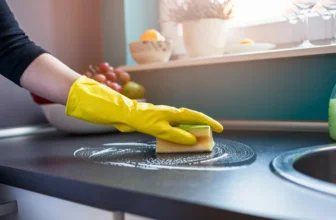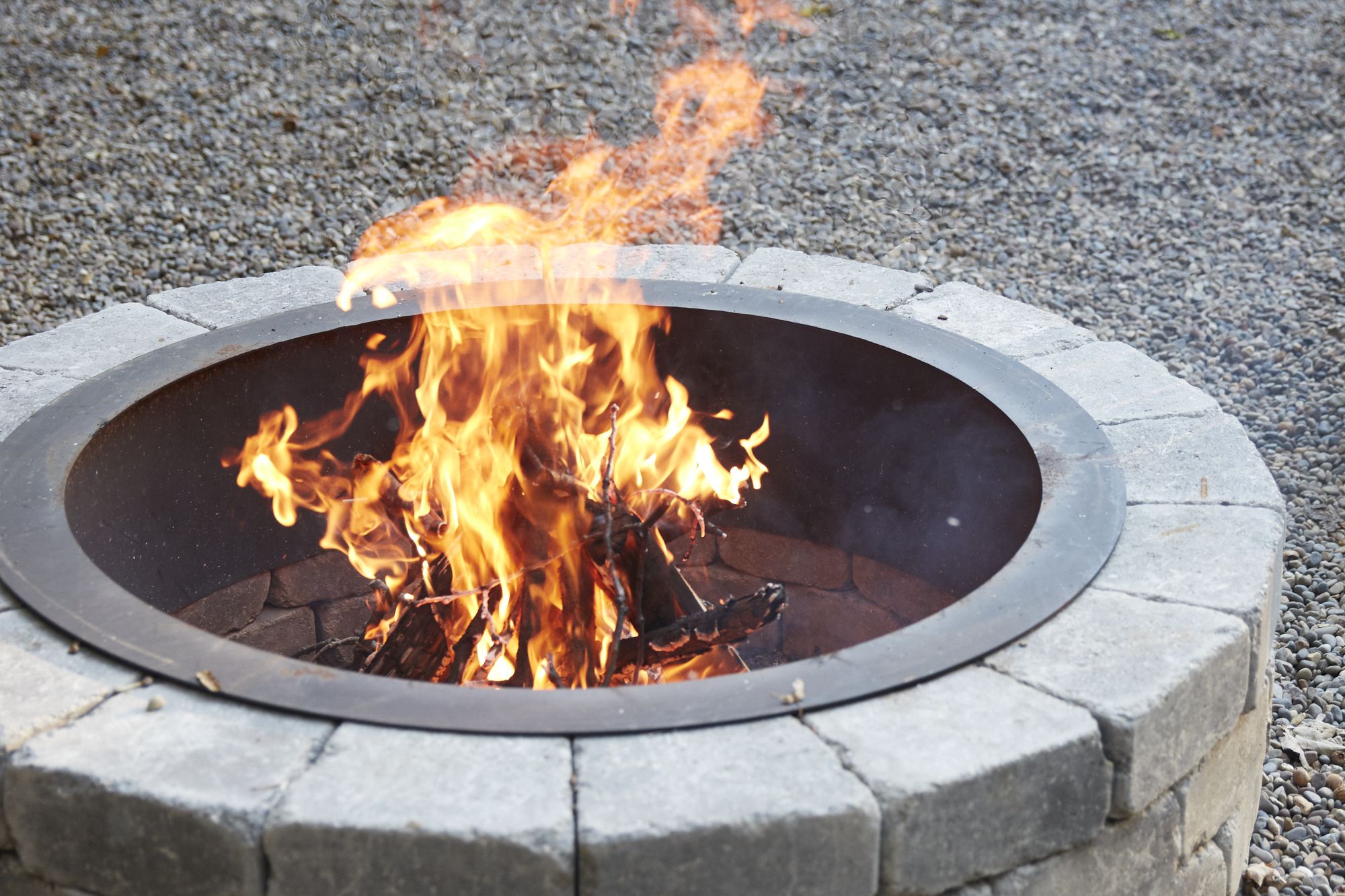
Most of us love the concept of the fire pit. In your own backyard, you can enjoy the soft crackle of a relatively small fire, radiant heat in the winter, and of course, an opportunity to roast hot dogs and marshmallows with some of your closest friends.
Even though this is a common activity, we still need to acknowledge it as a potentially dangerous one. One small slip up could lead to a raging fire that jeopardizes your home and the people around you.
Fortunately, it doesn’t take much experience, knowledge, or effort to use a fire pit responsibly. Check out this guide for types, materials, and styles of fire pits and continue reading for more information.
Table of Contents
Fire Safety
When you buy a fire pit, you’ll probably be excited to use it as soon as possible. That enthusiasm is a good thing, but it shouldn’t stop you from thinking critically about how you’re going to use that fire pit.
Fire safety should be your number one priority, and everything else should be secondary.
How to Use a Fire Pit Responsibly
These are some of the most important ways to use a fire pit responsibly:
1. Buy the right kind of pit.
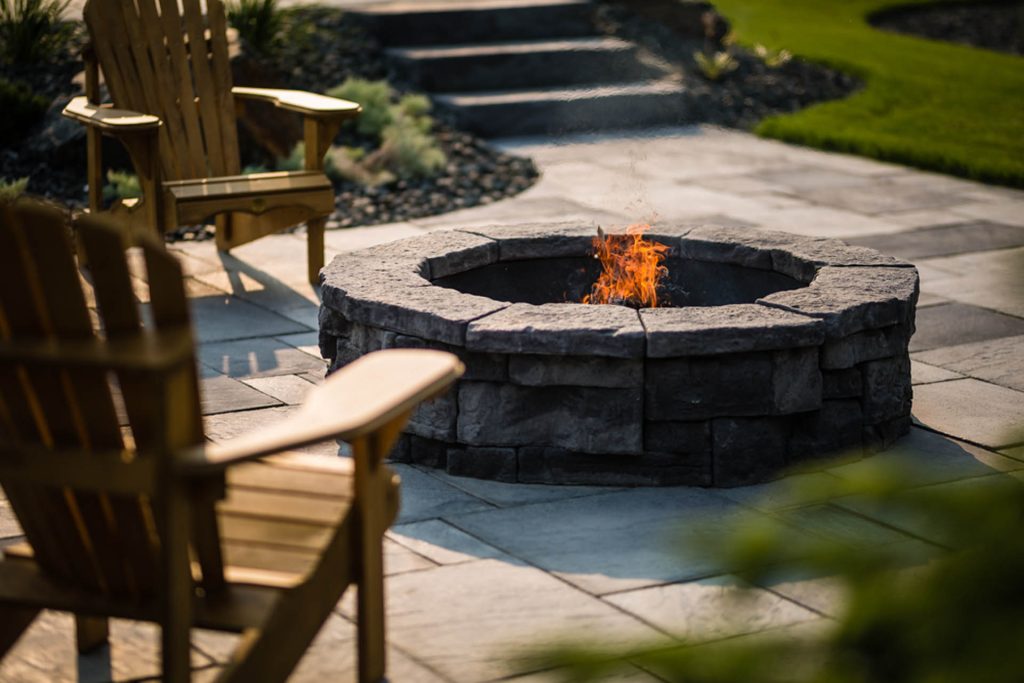
Source: ronpaulgardencentre.com
First, make sure you buy the right type of fire pit. Don’t buy a fire pit that’s too big for the space you have and avoid fire pits that are made from cheap materials. You need something sturdy and reliable of appropriate size if you want to reduce the chances of the fire spreading.
2. Check the weather.
Before starting a fire in a fire pit, make sure to check the weather forecast. Most people understand the importance of checking for rain, since significant rainfall can ruin your chances of having an open fire. But it’s also important to check for wind speed and direction. If the wind is strong enough, it could blow pieces of flaming debris across your yard, unintentionally starting a fire.
3. Allow plenty of space around the fire pit.
The fire pit should have plenty of space around it. When installing or setting up your fire pit, keep it far away from your house, your furniture, and anything else that could easily ignite. You and your guests will want to be close to the fire pit, especially if you’re going to be roasting food over it, but you should still maintain a healthy distance away to avoid ignition or injury.
4. Burn the right type of wood.
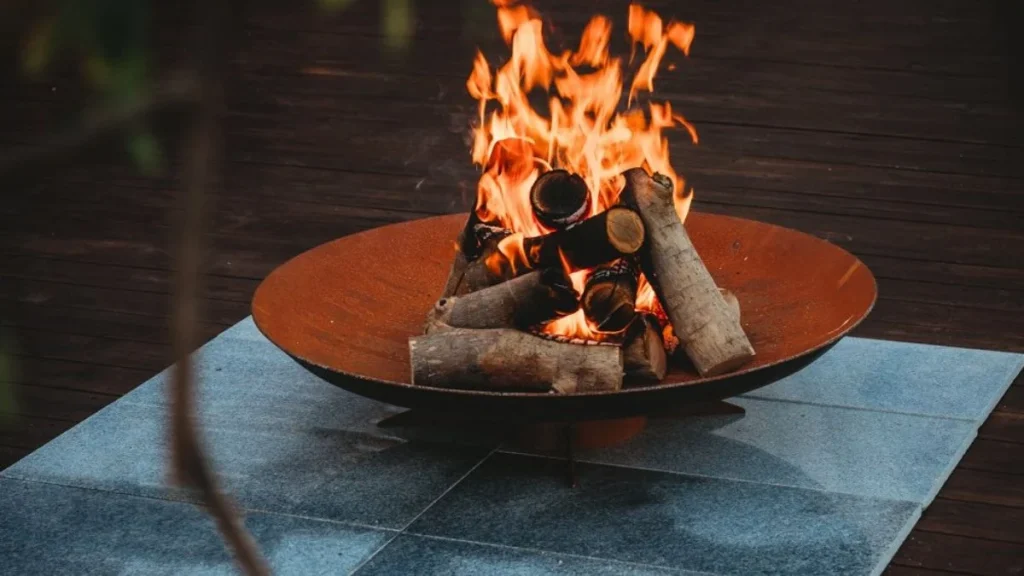
Source: firepit.co.uk
Some types of wood burn better than others. In a fire pit, you should only burn seasoned hardwood. Greenwood, processed wood, and other types of wood can be downright dangerous, releasing harmful fumes into the air, burning unpredictably, and presenting other types of problems.
5. Don’t burn other materials recklessly.
There are some things you should never burn in a fire pit. For starters, you should never use an accelerant in a fire pit and you should never burn plastic. You should also avoid burning old magazines or cardboard boxes; even though they’re easily combustible, the ink on these materials can release harmful chemicals into the air, presenting a respiratory hazard to you and your guests.
6. Have an extinguishing plan.
No matter how careful you are, there’s always the chance that the fire will spread. Accordingly, you should have some sort of extinguishing plan in place. If part of your yard catches fire, how will you handle it? Keeping a bucket of water, a hose, or even a fire extinguisher nearby is a wise idea.
7. Make sure the fire is attended at all times.
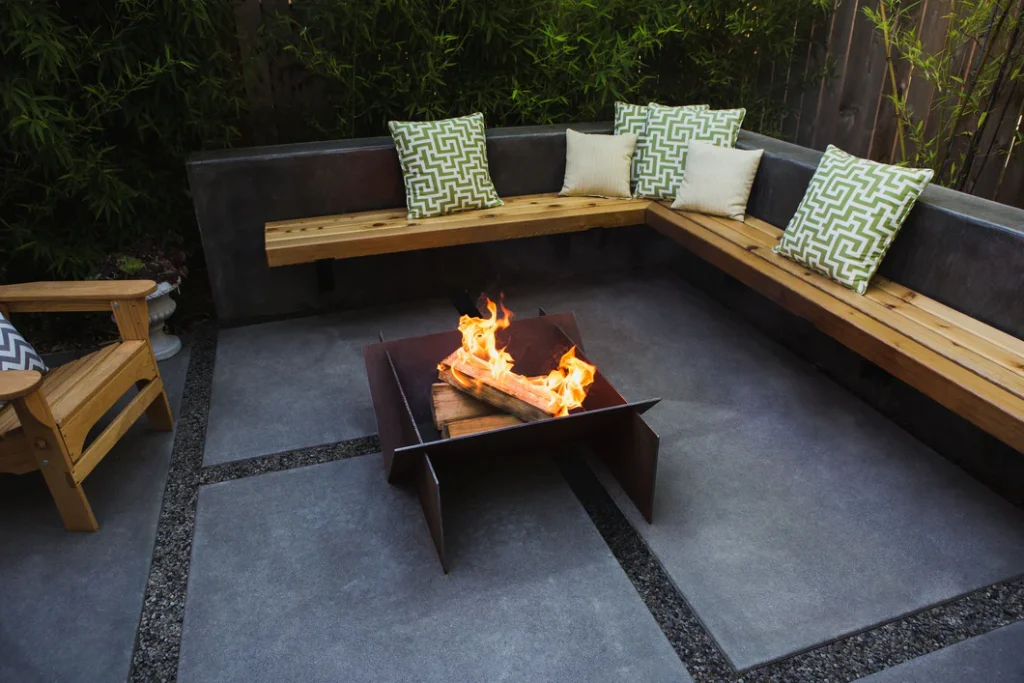
Source: stahlfirepit.com.au
If the fire in your fire pit has been burning steadily and controllably for several hours, you might feel confident enough to turn your back on it and go inside for a little while. However, this is a bad idea. Fires can sometimes behave unpredictably, so it pays to ensure the fire is attended at all times. If you can’t babysit the fire the entire night, have someone else watch it for you temporarily.
8. Exercise caution when drinking.
Bonfires often involve people drinking alcohol; while this can be a fun and engaging activity, it can also lower inhibitions and impair judgment. Drink in moderation and consider having at least one designated sober person to manage the fire responsibly.
9. Pay attention to “no-burn” alerts.
A no-burn alert introduces a temporary ban on wood-burning in fireplaces, stoves, and fire pits. Essentially, this is designed to mitigate problems related to outdoor air quality. When a no-burn alert is active, take it seriously; don’t start a fire during this time.
10. Fully extinguish the flames when you’re done.
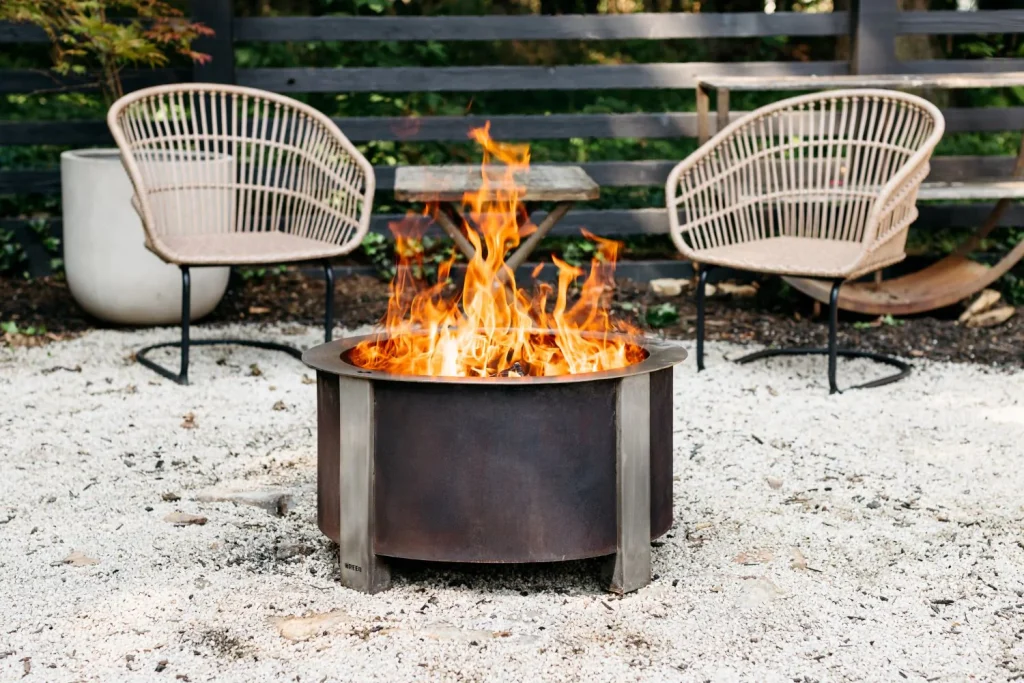
Source: breeo.co
When your event is winding down and you’re done with the fire, it’s important to fully extinguish the flames when you’re done. Even if all that’s left in the pit is a handful of glowing embers, a final round of extinguishing is still important. Douse the fire pit with water to make sure there’s zero chance of any burning materials remaining.
Creating a Collective Mentality of Fire Safety
If you’re hosting the party or taking lead on building and managing the fire, you’ll be the point person responsible for following these safety strategies (and others). But there’s only so much you can do as an individual; if someone else decides to throw inappropriate material onto the fire, or if they shirk their fire watching responsibilities, it could result in disaster.
Accordingly, it’s in your best interest to establish a collective mentality of prioritizing fire safety. If your family and friends are unfamiliar with the tenets of fire safety, teach them. If you notice someone behaving recklessly around the fire, bring it to their attention and encourage them to correct the action. It may also be helpful to set and reiterate some ground rules for enjoying the fire responsibly at the beginning of the event – and you don’t have to ruin the mood of the party to do it.
Exercising caution and building responsible fires aren’t necessarily the most fun aspects of hosting a bonfire in your backyard. However, it will keep you, your friends, your family members, and your property safe.




